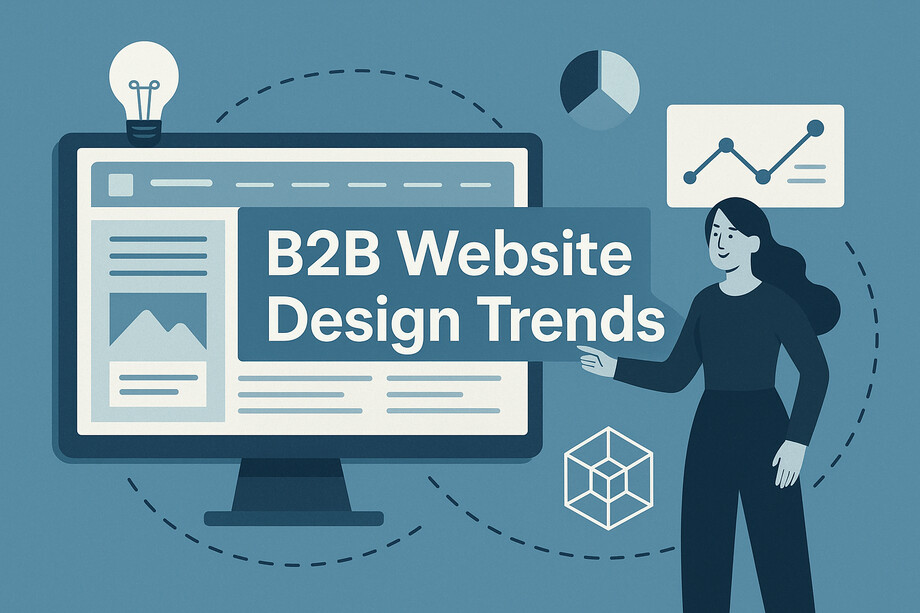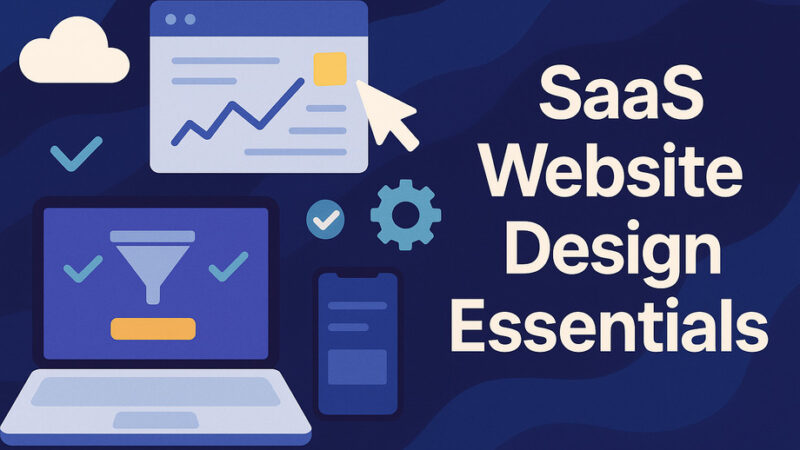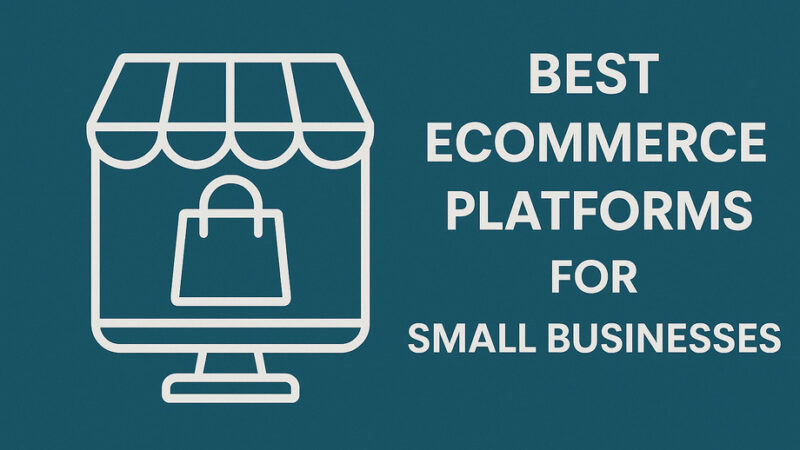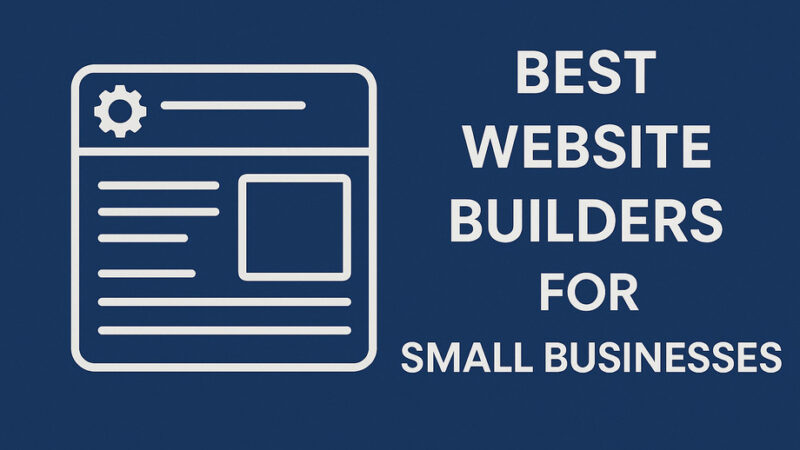B2B Website Design Trends Driving Success in 2025

Transform your B2B website into a powerful lead generation engine with these cutting-edge design trends that are reshaping the digital landscape and driving measurable business results.
In today’s competitive digital environment, your B2B website serves as the cornerstone of your marketing strategy. It’s no longer sufficient to have a basic online presence, modern B2B buyers expect sophisticated, engaging experiences that rival consumer-grade interfaces.
The rapid advancement of technology, coupled with evolving user expectations, has fundamentally transformed how B2B companies approach web design. Static brochure-style websites are quickly becoming obsolete, replaced by dynamic, interactive platforms that engage visitors and convert them into qualified leads.
To help your business stay ahead of the competition and maximize your website’s potential, we’ve identified the most impactful B2B website design trends shaping 2025. These trends represent more than aesthetic preferences, they’re strategic approaches that can significantly improve user engagement, lead generation, and overall business performance.
Why B2B Web Design Excellence Matters More Than Ever
Your website creates the first impression potential clients have of your business. In the B2B space, where purchasing decisions often involve substantial investments and lengthy evaluation processes, this initial interaction can determine whether prospects continue their journey with your company or seek alternatives.
Modern B2B buyers conduct extensive online research before engaging with sales teams. They expect to find comprehensive information, engaging content, and intuitive navigation that helps them understand your offerings and evaluate your capabilities. A poorly designed website signals potential issues with your products or services, while an exceptional digital experience builds confidence and trust.
Research consistently demonstrates the business impact of superior web design. Companies with optimized websites generate significantly more leads, achieve higher conversion rates, and command greater credibility in their markets. As competition intensifies across all B2B sectors, website excellence has evolved from a nice-to-have feature to a critical business requirement.
Top B2B Website Design Trends for 2025
1. Universal Accessibility and Inclusive Design
Creating websites that serve users of all abilities has become a fundamental requirement rather than an optional consideration. Universal accessibility ensures your website reaches the broadest possible audience while demonstrating your commitment to inclusivity and social responsibility.
Key Implementation Elements:
- Comprehensive color contrast optimization for visual accessibility
- Keyboard navigation compatibility for users unable to use traditional pointing devices
- Screen reader optimization with proper heading structures and alt text
- Clear, simple language that accommodates various literacy levels
Accessibility improvements benefit all users, not just those with disabilities. Features like improved color contrast and clear navigation enhance the experience for everyone, particularly in challenging viewing conditions or when using mobile devices. Additionally, accessibility compliance reduces legal risks and opens your business to previously underserved market segments.
Best Practices:
- Conduct regular accessibility audits using automated tools and manual testing
- Include accessibility considerations from the initial design phase
- Provide multiple ways to access the same information
- Test your website with actual users who rely on assistive technologies
2. Artificial Intelligence Integration
AI technology is revolutionizing how B2B websites interact with visitors, providing personalized experiences and automating customer service functions that previously required human intervention.
Intelligent Chatbot Systems: Modern chatbots have evolved far beyond simple question-and-answer scripts. Today’s AI-powered systems can analyze visitor behavior, understand context, and provide sophisticated responses that guide prospects through complex decision-making processes.
These advanced systems can handle technical inquiries, provide product recommendations, and seamlessly escalate qualified prospects to human sales representatives. For resource-constrained organizations, AI chatbots enable 24/7 customer engagement without requiring additional staffing.
Personalization Engines: AI analyzes visitor data to deliver customized content experiences. By tracking user behavior, previous interactions, and demographic information, these systems can present the most relevant information to each visitor, increasing engagement and conversion likelihood.
Content Optimization: Machine learning algorithms continuously optimize content placement, calls-to-action, and navigation elements based on user behavior patterns. This automated optimization improves website performance without requiring constant manual adjustments.
3. Advanced Visual Communication
High-quality visual content has become essential for B2B websites as buyers increasingly prefer visual information over text-heavy presentations. Professional imagery and video content communicate credibility while making complex information more accessible.
Custom Photography Investment: Generic stock photography undermines credibility and fails to differentiate your business from competitors. Custom photography showcasing your actual products, facilities, and team members creates authentic connections with prospects and builds trust in your capabilities.
Interactive Product Demonstrations: Complex B2B products often require detailed explanation that traditional text cannot provide effectively. Interactive demonstrations, 3D visualizations, and virtual tours enable prospects to understand your offerings thoroughly without requiring in-person meetings.
Video Content Integration: Video content engages viewers more effectively than static text while conveying complex information efficiently. Product demonstrations, customer testimonials, and educational content delivered through video can significantly improve user engagement and conversion rates.
4. Non-Intrusive Conversion Optimization
Modern conversion optimization focuses on enhancing user experience while guiding visitors toward desired actions, rather than interrupting their browsing with aggressive tactics.
Slide-In Call-to-Actions: Unlike disruptive pop-ups, slide-in CTAs appear based on user behavior triggers such as scroll depth or time spent on page. This approach respects the user’s browsing experience while capturing attention at optimal moments.
Contextual Content Offers: Relevant content offers that align with the visitor’s current page or demonstrated interests perform significantly better than generic lead magnets. These targeted approaches provide genuine value while encouraging contact information sharing.
Progressive Profiling: Rather than requesting extensive information upfront, progressive profiling gradually collects visitor data across multiple interactions. This approach reduces form abandonment while building comprehensive prospect profiles over time.
5. Extended Scrolling Experiences
The shift toward longer, scrolling pages reflects how users naturally consume content, particularly on mobile devices. Well-designed scrolling experiences can convey comprehensive information while maintaining user engagement.
Narrative Scrolling Design: Strategic content organization guides visitors through a logical information hierarchy, starting with high-level value propositions and progressively revealing detailed information as users demonstrate continued interest.
Interactive Scroll Elements: Scroll-triggered animations and content reveals create engaging experiences that encourage continued exploration. These elements can highlight key information, demonstrate product features, or provide visual breaks in lengthy content.
Persistent Navigation: Fixed navigation elements ensure visitors can access key pages and contact information regardless of their position on lengthy pages. This approach prevents users from becoming lost while encouraging deeper content exploration.
6. Minimalist Design with Strategic Visual Hierarchy
Clean, focused design approaches help users process information efficiently while drawing attention to the most important elements. This trend reflects the increasing value placed on user time and cognitive resources.
Strategic White Space Usage: Generous white space improves readability while creating a premium, professional appearance. Strategic spacing guides user attention and prevents cognitive overload in information-dense B2B contexts.
Bold Typography Choices: Large, clear headlines capture attention and convey key messages quickly. This approach accommodates scanning behavior while ensuring important information reaches time-constrained decision-makers.
Selective Color Application: Limited color palettes with strategic accent colors draw attention to critical elements like calls-to-action and key value propositions without overwhelming the overall design aesthetic.
7. Mobile-First Optimization
With mobile device usage continuing to grow in B2B contexts, mobile-first design has become essential rather than optional. This approach ensures optimal experiences across all device types while improving search engine performance.
Touch-Friendly Interface Design: Mobile-optimized interfaces accommodate touch interaction patterns while maintaining functionality across different screen sizes. This includes appropriately sized buttons, intuitive gestures, and simplified navigation structures.
Performance Optimization: Mobile users often have limited bandwidth and processing power, making performance optimization critical. Fast-loading pages reduce abandonment rates while improving user satisfaction and search engine rankings.
Responsive Content Adaptation: Content that adapts intelligently to different screen sizes provides consistent experiences while taking advantage of each device’s unique capabilities and constraints.
8. Subtle Animation and Micro-Interactions
Carefully implemented animation enhances user experience by providing visual feedback, guiding attention, and creating engaging interactions without overwhelming the primary content.
Hover State Enhancements: Interactive elements that respond to user actions provide immediate feedback while encouraging exploration. These subtle cues help users understand interface functionality and build confidence in navigation.
Loading State Communication: Animation can communicate system status during loading processes, reducing user frustration while maintaining engagement during necessary wait times.
Attention Direction: Strategic animation draws focus to important elements like calls-to-action or key value propositions without disrupting the overall user experience.
9. Enhanced Website Performance
Page speed directly impacts user satisfaction, search engine rankings, and conversion rates. Performance optimization has become a fundamental requirement for successful B2B websites.
Core Web Vitals Optimization: Google’s Core Web Vitals metrics measure real-world user experience factors including loading speed, interactivity, and visual stability. Optimizing these metrics improves both user experience and search engine visibility.
Resource Optimization: Efficient image compression, code optimization, and strategic resource loading ensure fast page loads across all device types and connection speeds.
Performance Monitoring: Continuous performance monitoring identifies optimization opportunities while ensuring consistent user experiences across different conditions and usage patterns.
10. Dark Mode Compatibility
Alternative visual themes accommodate user preferences while potentially reducing eye strain during extended browsing sessions, particularly important for B2B users who may be researching during various times of day.
Adaptive Theme Systems: User-controlled theme switching allows visitors to choose their preferred viewing experience while maintaining brand consistency and functionality across both light and dark modes.
Professional Aesthetic: Dark themes can convey sophistication and modernity while differentiating your website from competitors who haven’t yet implemented this option.
11. Data Visualization and Interactive Content
Complex B2B information often requires sophisticated presentation methods that make data accessible and actionable for decision-makers evaluating solutions.
Interactive Charts and Graphs: Dynamic data visualizations allow users to explore information at their preferred level of detail while highlighting key insights that support purchasing decisions.
Comparison Tools: Interactive comparison features help prospects evaluate options efficiently while positioning your solutions favorably against alternatives they may be considering.
ROI Calculators: Custom calculators that demonstrate potential return on investment provide concrete value propositions while collecting valuable lead qualification information.
12. Comprehensive User Experience Focus
Exceptional user experience encompasses all aspects of website interaction, from initial landing to conversion and beyond. This holistic approach ensures consistent quality across all touchpoints.
User Journey Optimization: Understanding and optimizing complete user journeys ensures seamless experiences that guide prospects from awareness through decision-making without unnecessary friction or confusion.
Cross-Device Consistency: Maintaining consistent branding, functionality, and user experience across all devices and browsers builds trust while accommodating diverse user preferences and technical environments.
Accessibility Integration: Universal design principles ensure all users can access and benefit from your website content, expanding your potential audience while demonstrating commitment to inclusivity.
Industry Applications and Considerations
Technology and SaaS Companies
Technology companies benefit particularly from interactive demonstrations, comprehensive documentation, and trial access systems. These organizations should prioritize AI integration, performance optimization, and developer-friendly resources that facilitate evaluation and implementation.
Manufacturing and Industrial
Manufacturing websites require robust product visualization, technical specification access, and supply chain integration features. High-quality photography, 3D product models, and detailed technical documentation support complex purchasing decisions.
Professional Services
Service-based organizations should focus on expertise demonstration, case study presentation, and client relationship building. Team showcases, thought leadership content, and clear service descriptions build credibility and trust.
Measuring Success and Continuous Improvement
Key Performance Indicators
User Experience Metrics:
- Page load times and overall site performance
- User engagement metrics including time on site and pages per session
- Mobile usability scores and cross-device consistency
- Accessibility compliance ratings and user feedback
Business Impact Measurements:
- Lead generation volume and quality improvements
- Conversion rate optimization across different user journeys
- Customer acquisition cost reduction through improved efficiency
- Sales cycle acceleration through enhanced user experiences
Technical Performance:
- Search engine ranking improvements for target keywords
- Website uptime and reliability statistics
- Security compliance and data protection effectiveness
- Integration performance with existing business systems
Ongoing Optimization
Successful B2B websites require continuous improvement based on user feedback, performance data, and changing business requirements. Regular testing, monitoring, and optimization ensure your website maintains competitive advantage while adapting to evolving user expectations.
Testing Frameworks:
- A/B testing for key conversion elements and user interface components
- User feedback collection through surveys, interviews, and usability testing
- Performance monitoring using analytics tools and user behavior analysis
- Competitive analysis and industry trend monitoring
Improvement Processes:
- Monthly performance reviews and optimization recommendations
- Quarterly user experience audits and enhancement planning
- Annual comprehensive strategy reviews and technology updates
- Ongoing staff training and skill development for website management
Future-Proofing Your B2B Website
As technology continues evolving rapidly, successful B2B websites must balance current best practices with emerging trends and future requirements. This forward-thinking approach ensures long-term value while avoiding costly redesigns.
Emerging Technologies
Voice Search Optimization: Optimizing content for voice search queries and natural language processing prepares your website for increasing voice-activated device usage in professional environments.
Augmented Reality Integration: AR applications enable remote product demonstrations and virtual collaboration experiences that can differentiate your offerings while reducing travel and meeting requirements.
Advanced Personalization: Machine learning-driven personalization creates increasingly sophisticated user experiences that adapt to individual preferences and behavior patterns.
Sustainability Considerations
Environmental consciousness increasingly influences B2B purchasing decisions. Websites optimized for energy efficiency and hosted on renewable energy platforms demonstrate corporate responsibility while potentially reducing operational costs.
Conclusion
The B2B website design landscape continues evolving rapidly, driven by technological advancement and changing user expectations. Organizations that embrace these trends while maintaining focus on user needs and business objectives will create powerful digital assets that drive growth and competitive advantage.
Success requires balancing innovation with proven best practices, ensuring new features enhance rather than complicate user experiences. The most effective B2B websites combine cutting-edge design with fundamental usability principles, creating experiences that engage prospects while supporting business objectives.
Implementation should be strategic and measured, prioritizing changes that deliver the greatest impact on user experience and business results. By focusing on these essential trends while maintaining commitment to continuous improvement, your B2B website can become a powerful engine for lead generation, customer engagement, and business growth.
Remember that exceptional web design results from understanding your audience deeply, leveraging technology strategically, and maintaining unwavering focus on delivering value to visitors. The trends outlined in this guide provide the foundation for creating websites that not only meet current expectations but anticipate future needs and opportunities.
Ready to elevate your B2B website with these game-changing trends? Start by evaluating your current site against these best practices and developing a strategic roadmap for implementation that aligns with your business goals and user needs.




